
Artist profile: the enchanting spaces of Michael McGillis
Exploring new dimensions with artist Michael McGillis.
Encountering work by artist Michael McGillis always leaves me with the feeling of being granted access to a world-within-the-world. Whether installing into natural surroundings, or installing “nature” into gallery settings, McGillis has an uncanny ability to create worlds both immersive and somehow artificial. I was able to catch up with him for a quick Q&A session, which touched on some of his previous work around Detroit, including the U-Build It! group show and his solo “Reckoning a Peripheral Wildneress” exhibit, both at Public Pool art space in Hamtramck.
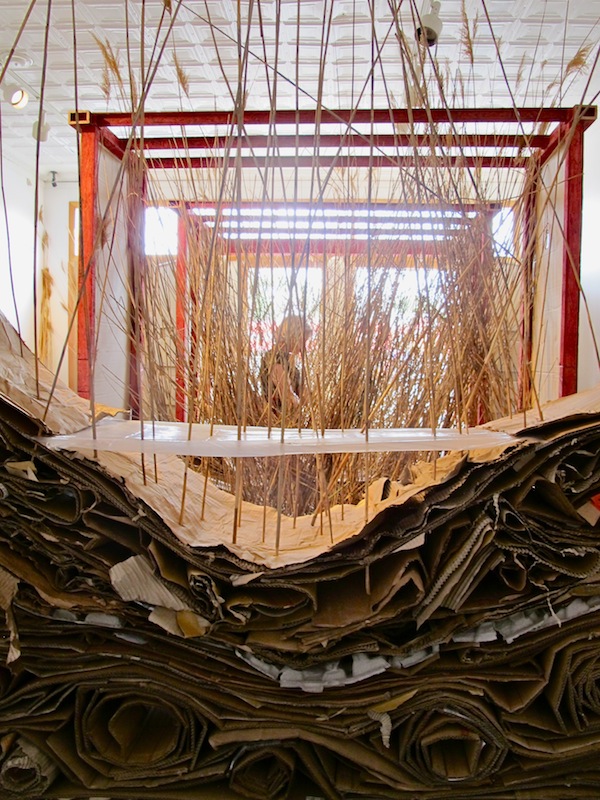
From “Reckoning a Peripheral Wilderness.”
RS: What sort of relationship do you have with nature, and how much of your work overall deals with it as a theme?
MM: Since I was a kid I’ve been fascinated by dioramas, cutaway illustrations and ways of depicting or distilling the swirling information that composes the physical world. My focus on nature, specifically that part of nature affected by people, is something that emerged over time as my default, or ‘core’ interest. It’s that subject we each find ourselves coming back to, or thinking about when all sense of external pressure or ambition has been dialed down. My motivations are not political or didactic, though, and I’m more interested in the process of looking, finding and eventually sharing.
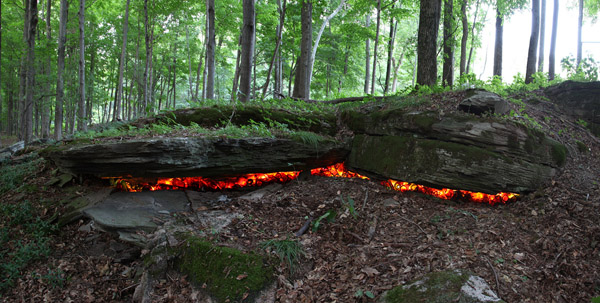
“Between.” Image courtesy of the artist
Detroit is a place that seems to me to contain a sharp juxtaposition around industry or man-made structures returning to nature. Do you find that Detroit informs your work? Are you from Detroit?
I grew up in the Detroit area and lived in the city proper for 17 years before moving back to the near ‘burbs. The Detroit ethos certainly leeches into my work and forms the filter through which I see my surroundings, be it here or anywhere else I go. The dominant thing I’ve taken away from living here over an extended period is a sense of the impermanence of man-made things and even places, as well as the somewhat reassuring understanding that nature is propelled entirely by an unconscious momentum that slowly corrects course, despite interference and disruption. Ordinarily we’re used to living in a built world that is maintained; kept in a suspended state of ‘freshness.’ Normally, roofs are repaired, walls repainted, lawns mowed. When these acts of interference cease, nature and physics take over, the natural order of ‘things’ resumes. Even without considering the terrible social impact, it is shocking to witness and be immersed in for decades. But perhaps even more shocking, after having always lived here, is how it isn’t shocking anymore. I’ve seen familiar neighborhoods erased and places where I’ve lived disappear, and all of it seeps into my work, though indirectly.
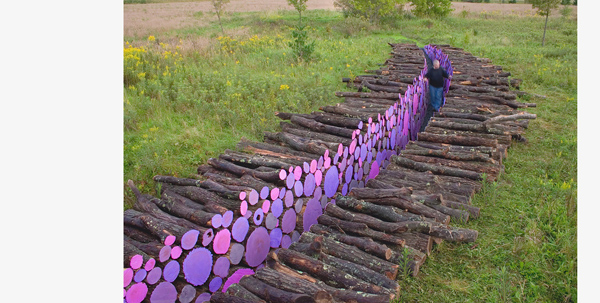
“Wake.” Image courtesy of the artist
I see a wide range of materials in your work. How much does materiality drive the creative process for you, or is your work more conceptual, with those materials acting as a means to achieve the concept? Do you have a favorite medium?
Mostly I operate with a ‘whatever works’ approach, starting with a nebulous idea of something and slowly working toward making it physically manifest. I’ve been enjoying the more recent indoor projects because I can work without the nagging worries of weather or longevity. Everything has the potential to be included.
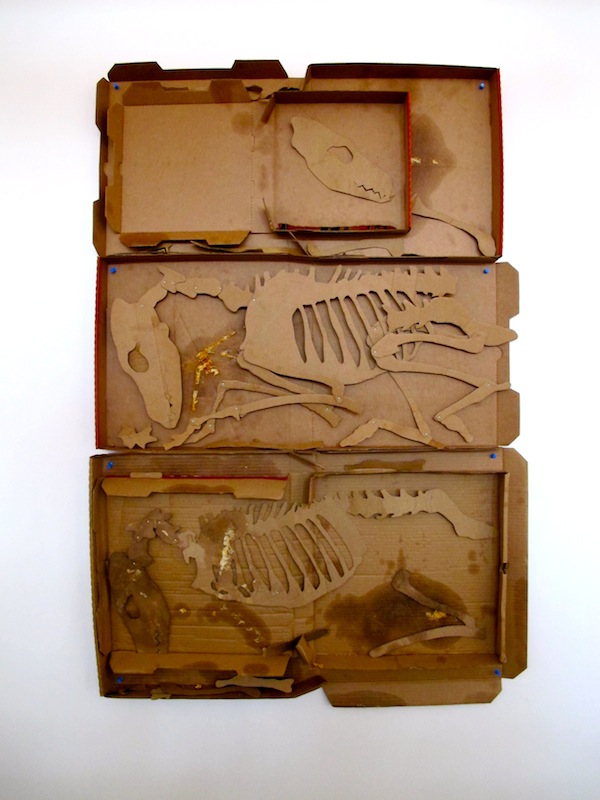
One of the pieces of “Peripheral Wilderness.”
I’ve always been drawn to the physicality of making things, but would probably consider my working process to be closer to layered tinkering. Conjuring things into being from whole cloth can be daunting, and I seem to prefer augmenting or manipulating what already exists, even if its something I made earlier. When I’ve done installations, so much of my contribution is dependent on what’s already there. I like the same thing to happen with my studio work when possible. I have a collection of parts and elements from unfinished work on hand. When enough time passes, they’re enthusiastically resurrected as ‘found objects.’
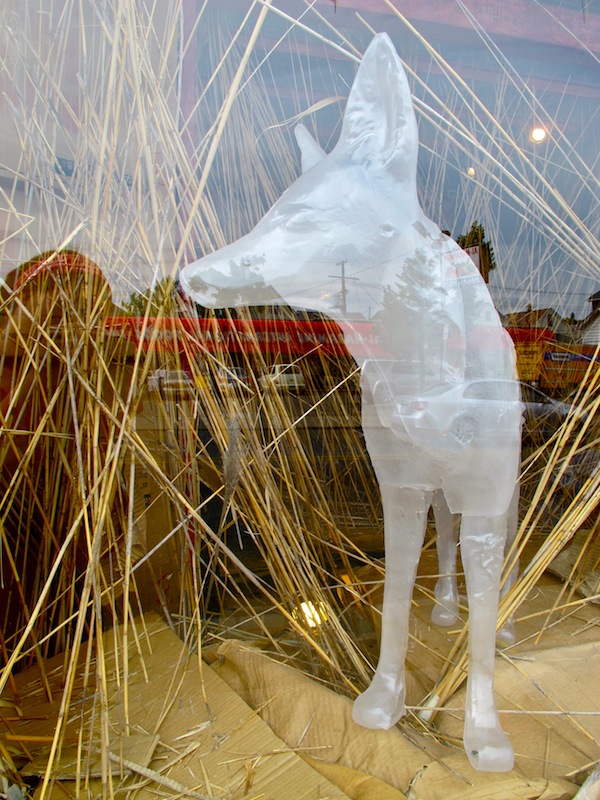
The iconic ghost-coyotes, which turn up in a few different iterations across McGillis’ work, including his collaborative piece in the current “Imperfect Pairs” show at Popps Packing.
See more at michaelmcgillis.com.
Recent Content
-
Artsarticle ·
-
Artsarticle ·
-
Artsarticle ·

